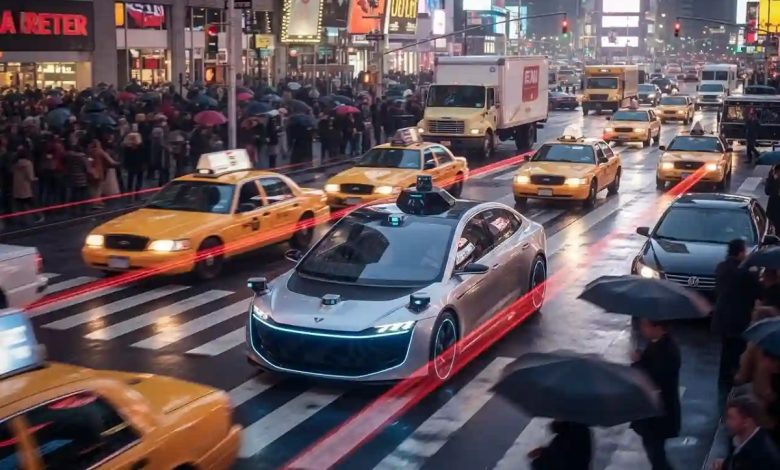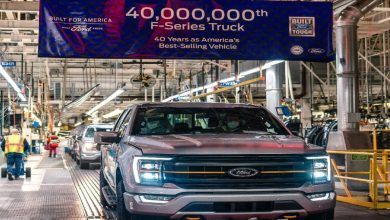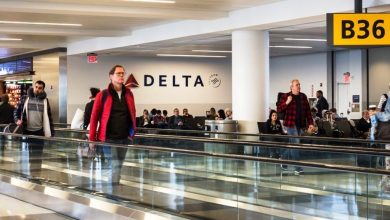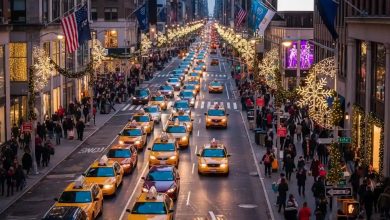Tesla Takes on New York: The Bold Next Step for Its Robotaxi Ambitions
Tesla’s expansion into Brooklyn signals a high-stakes test for its Full Self-Driving technology in one of the world’s most chaotic urban landscapes.

Tesla has set an ambitious course for its robotaxi service, aiming to conquer one of the most challenging urban environments in the world: New York City. The electric vehicle giant is currently hiring “vehicle operators” to oversee its self-driving fleet, with job listings pointing to a concentrated effort in Brooklyn.
This expansion marks a pivotal moment in the evolution of autonomous vehicles, as Tesla seeks to prove that its Full Self-Driving (FSD) technology can handle the intense, fast-paced, and often unpredictable streets of New York. While the service has already launched in limited areas like California, it currently relies on human drivers to supervise the system and intervene when necessary—a requirement driven largely by regulatory constraints.
Brooklyn: The Ultimate Test for Self-Driving Tech
Driving in New York—especially Brooklyn—is notoriously complex. The area is a maze of double-parked cars, constant e-bike traffic, jaywalking pedestrians, and sudden obstacles. Even the most experienced human drivers find the city’s streets exhausting. By attempting to deploy robotaxis in this environment, Tesla is boldly embracing its “launch first, fix later” philosophy—despite CEO Elon Musk’s frequent emphasis on being “ultra-cautious” with safety.
Tesla’s decision to roll out its robotaxis in Brooklyn isn’t just about geography—it’s about sending a message. If its technology can work here, it can likely succeed anywhere. But this strategy also places enormous pressure on the system’s ability to adapt, learn, and avoid public mishaps that could erode trust in autonomous driving.

Human Safety Operators: A Strategic Safety Net
To reduce risks, Tesla has opted to include human safety operators in each vehicle for now. These trained personnel can take control of the car at any moment and help the system better navigate complex traffic scenarios. This approach also allows the AI system to gather real-world data and improve performance with each trip.
Tesla’s use of human overseers also reflects the current regulatory environment. Full approval for driverless operation is still pending in many U.S. jurisdictions. By keeping a human in the loop, Tesla is staying compliant while also gaining valuable real-world training for its AI.
A Different Strategy from Rivals Like Waymo
Tesla’s aggressive push into high-density urban areas like Brooklyn stands in stark contrast to Waymo, a key competitor in the autonomous driving space. While Waymo has taken a slow and cautious path—operating mainly in suburban areas—Tesla is racing toward broader deployment. The differing approaches highlight two competing visions for the future of self-driving transportation: one slow and controlled, the other fast and fearless.
Tesla’s expansion isn’t limited to New York. The company is targeting other key states like California, Arizona, Florida, Nevada, and Texas, signaling a nationwide plan to accelerate the adoption of autonomous technology.

Public Trust Will Determine Success
The battle among tech giants in the autonomous vehicle space isn’t just about market share. It’s also about public trust. Even a minor accident involving a self-driving car can make headlines and impact perception. Tesla’s commitment to using human monitors for now is a recognition of this delicate balance.
Whether Tesla succeeds or fails in New York could shape the future of self-driving cars worldwide. If its FSD system can survive Brooklyn, it might finally be ready for global scaling. But make no mistake—this is the ultimate real-world test, and the whole world will be watching.



